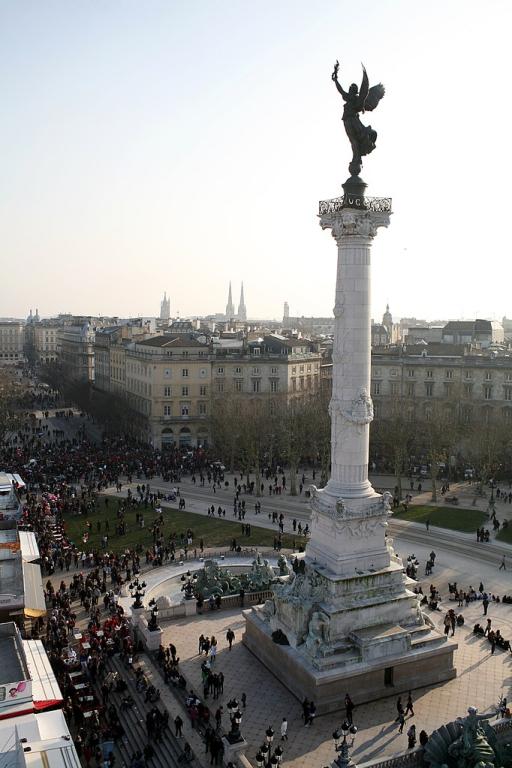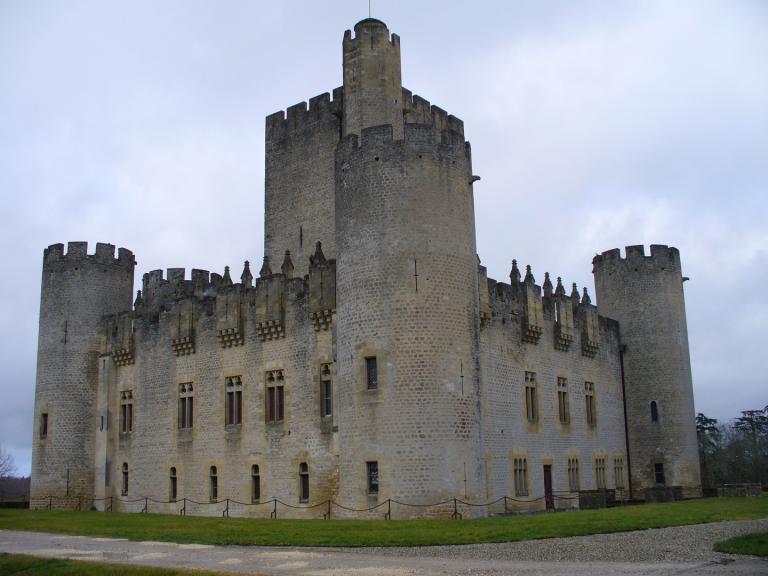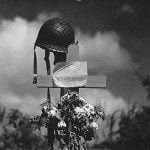
(Wikimedia Commons public domain image)
***
Here are two new items from the webpage of the Interpreter Foundation:
Interpreter Radio Show — May 8, 2022
In this episode of the Interpreter Radio Show, Terry Hutchinson and John Gee first discuss processes vs. results and how that distinction relates to our spiritual journey. Later, they talk about Emmeline B. Wells, a prominent figure in the Church of Jesus Christ’s latest volume, Saints, Volume 3: Boldly, Nobly, and Independent, 1893-1955. The second portion of the show is given over to a roundtable discussing the upcoming Come Follow Me lesson #25 (1 Samuel 8–10, 13, 15–18). The Interpreter Radio Show can be heard on Sunday evenings from 7 to 9 PM (MDT), on K-TALK, AM 1640. Or, as an alternative, you can listen live on the Internet at ktalkmedia.com.
Interpreter Radio Show — May 15, 2022
In this installment of the Interpreter Radio Show, Bruce Webster and Mike Parker and Kris Frederickson discuss the miniseries Under the Banner of Heaven and how to raise our children in the age of social media. The first portion of the show, however, is a roundtable discussing the upcoming Come Follow Me lesson #26 (2 Samuel 5–7; 11–12; 1 Kings 3; 8; 11). The weekly Interpreter Radio Show can be heard live each and every Sunday evening from 7 to 9 PM (MDT), on K-TALK, AM 1640. If, though, that option doesn’t work for you, you can hear it live on the Internet via ktalkmedia.com.
***
Given my current location, today seems an entirely appropriate time to share a link to this article:
“The new prohibitionists: Many scientists are rethinking the alleged health benefits of alcohol”
And, in other science news:
“How Science Has Won The Abortion Debate (And Why Democrats Choose To Ignore It)”
This next item isn’t really about science, but it is about abortion, and so I justify its placement on the basis of Wittgenstein’s notion of “family resemblance” or “family likeness” (Familienähnlichehkeit):
“Debunking The Ten Most Common Pro-Abortion Arguments”
***
Some of you might find this of interest:
“A Simple Line From Number Six Brought Religion To Battlestar Galactica”

(Wikimedia Commons public domain image)
***
Our boat is docked directly adjacent to a park on the bank of the Garonne River, and I look out from my veranda at the Place des Quinconces and the Monument aux Girondins, which are not far to my left. (See the image at the top of this blog entry.)
This afternoon, we joined a tour out to the Château de Roquetaillade, a castle in Mazères that, like Bourdeaux itself, is located in the French département of Gironde. The first fortification on the site, of which only ruins now survive, was constructed by the Emperor Charlemagne, who built it while he was on his way to battle the invading Muslims or Saracens in the Pyrenees with his faithful retainer Roland (the hero of both the anonymous eleventh-century Chanson de Roland [the “Song of Roland”], the oldest surviving work of French literature and France’s national epic, and Ludovico Ariosto’s sixteenth-century Italian epic poem Orlando Furioso [literally, something like “Raging Roland]).
Then Cardinal Gaillard de la Mothe came along. He was the nephew of Clement V, who reigned from June 1305 to his death in June 1314. It was Clement V who suppressed the Knights Templar and who, notoriously, moved the seat of the papacy to Avignon in today’s France, where it remained from 1309 to 1376 — and even longer, if one counts a later series of “anti-popes.” In 1306, flush with cash as a close relative of the reigning pope, Cardinal de la Mothe built a second fortress directly adjacent to Charlemagne’s original with the permission of the English King Edward I, who controlled the area at the time. This second fortress is le Château Neuf, the “new castle,” which is the structure on which we focused today.
The family that currently lives in the Château de Roquetaillade has occupied it for seven hundred years.
I love history!
***
I glanced a bit today at the Wikipedia article on Bordeaux, and particularly at the article’s list of prominent people who have historically been associated with the city. I halfway expected to find the great French Catholic convert and philosopher Jacques Maritain, who wrote a book at the age of eighty-five that he titled, referring to himself, The Peasant of the Garonne. But I didn’t. It turns out that he was born in Paris. Nonetheless, the list of those who come from Bordeaux proper is still rather impressive, including such figures as
- the dramatist Jean Anouilh (1910-1987)
- Eleanor of Aquitaine (1122–1204), the duchess of Aquitaine (1137-1204), queen of France (1137-1152, as the wife Louis VII), and queen of England (1154-1189, as the wife of King Henry II), who was memorably portrayed by Katharine Hepburn (the third of her four Best Actress Oscars) in the 1968 film The Lion in Winter, alongside the great Peter O’Toole as Henry II. And Glenn Close played her in a 2003 television film version, alongside Patrick Stewart as King Henry.
- the sociologist and theologian Jacques Ellul (1912-1994)
- the winner of the 1952 Nobel Prize for Literature, François Mauriac (1885–1970)
- the great essayist Michel de Montaigne (1533–1592)
- the political philosopher Montesquieu (1689–1755), who powerfully influenced the American Founders
- King Richard II of England (1367–1400)
Included on the list, too, was this, which both surprised and pleased me: “Gérald Caussé, Presiding Bishop of The Church of Jesus Christ of Latter-day Saints”
***
I close with three quite irrelevant but (to me) interesting quotations from Brent L. Top, What’s On the Other Side? What the Gospel Teaches Us about the Spirit World (Salt Lake City: Deseret Book, 2012). I read it quite some time ago, but think that some of you, too, will enjoy them:
I have a father, brothers, children, and friends who have gone to the world of spirits. They are only absent for a moment. They are in the spirit, and we shall soon meet again. . . . When we depart [from this life], we shall hail our mothers, fathers, friends, and all whom we love, who have fallen asleep in Jesus. . . . It will be an eternity of felicity. (Joseph Smith, cited on pages 42-43)
We have more friends behind the vail than on this side, and they will hail us more joyfully than you were ever welcomed by your parents and friends in this world; and you will rejoice more when you meet them than you ever rejoiced to see a friend in this life. (Brigham Young, cited on page 43)
What is more desirable than that we should meet with our fathers and our mothers, with our brethren and our sisters, with our wives and our children, with our beloved associates and kindred in the spirit world, knowing each other, identifying each other . . . by the associations that familiarize each to the other in mortal life? What do you want better than that? What is there for any religion superior to that? I know of nothing. (Joseph F. Smith, cited on page 43)
Posted from the bank of the Garonne River in Bordeaux, France











